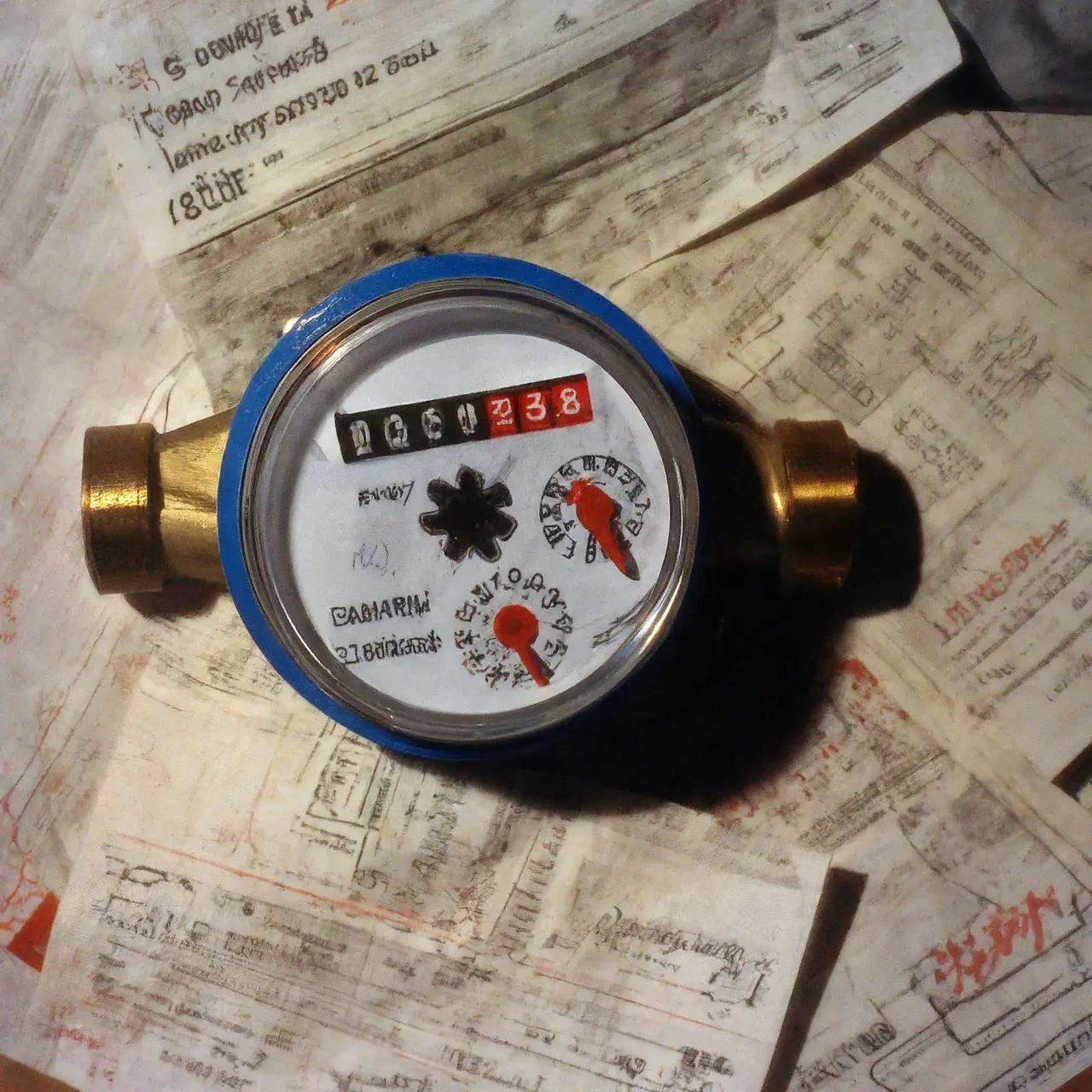Drowning in high water bills? Learn how pinpointing and understanding your home’s water usage with effective analysis can keep your finances afloat. Dive into the depths of smart water management and discover a sea of savings that awaits.
Understanding Your Water Bill: The First Step
The journey to lower water bills begins with a thorough reading of your current statement. Every billing cycle offers critical insights into your usage patterns. You’ll often find your consumption measured in cubic feet or gallons. By comparing current usage with previous months, you can identify any unusual spikes or trends.
It’s essential to understand the various charges on your bill, such as base fees, usage tiers, and potential surcharges. Some utility companies provide comparisons to the average household in your area, giving you a benchmark for water efficiency.
Monitoring Your Household Water Usage
A pivotal step in water management is tracking how much water your household consumes daily. Invest in a smart water meter or monitor that provides real-time data. These devices can alert you to excessive usage or continuous flow, indicating a leak.
Consider keeping a water diary over a month to record usage during different activities, such as showering, laundry, and watering the garden. This practice can unveil hidden water guzzlers in your routine.
Identifying High Water Usage Activities and Appliances
Once you start monitoring, certain activities and appliances will emerge as the main contributors to your bill. Old, inefficient toilets, showers, and garden hoses can dramatically increase consumption. Upgrading to water-efficient models can lead to substantial savings.
Understand which appliances, like washing machines and dishwashers, use the most water and optimize their use—waiting until you have a full load before running them can significantly cut down on usage and costs.
Implementing Water-Saving Techniques and Technologies
The advancement in technology has given rise to various water-saving gadgets and appliances. Installing aerators on faucets, low-flow showerheads, and dual-flush toilets can make a massive difference in reducing water use.
For gardens, consider drip irrigation systems that deliver water directly to the plants’ roots, reducing evaporation and runoff. Using mulch can also help retain soil moisture.
Educate family members on the importance of water conservation. Simple changes, like turning off the tap while brushing teeth, can collectively lead to significant savings.
Regular Maintenance to Prevent Water Waste
Regular home maintenance is crucial in preventing water waste. Check for leaks in pipes, fixtures, and appliances. A small drip from a worn faucet washer can waste 20 gallons of water per day, while larger leaks can waste hundreds.
Insulate water pipes. This will prevent them from breaking during cold spells and reduce the incidences of leaks, further preventing water loss and saving on heating costs.
Engaging with Water Usage Analysis Tools
Numerous apps and online tools can analyze your water usage and offer personalized tips for reducing consumption. They can compare your usage with similar households and suggest areas for improvement.
Utility companies sometimes provide usage reports and analysis. Engage with these resources to understand your consumption patterns better and find targeted strategies for savings.
The Ripple Effect of Smart Water Usage
Mastering the flow of your household water usage isn’t just about cutting costs; it’s about fostering a sustainable lifestyle that benefits both your wallet and the planet. By being mindful of our water habits, investing in efficient appliances, and making regular checks for leaks, we can significantly reduce our water footprint. Remember, each drop saved is a penny earned. Let’s make every drop count for a better tomorrow.


